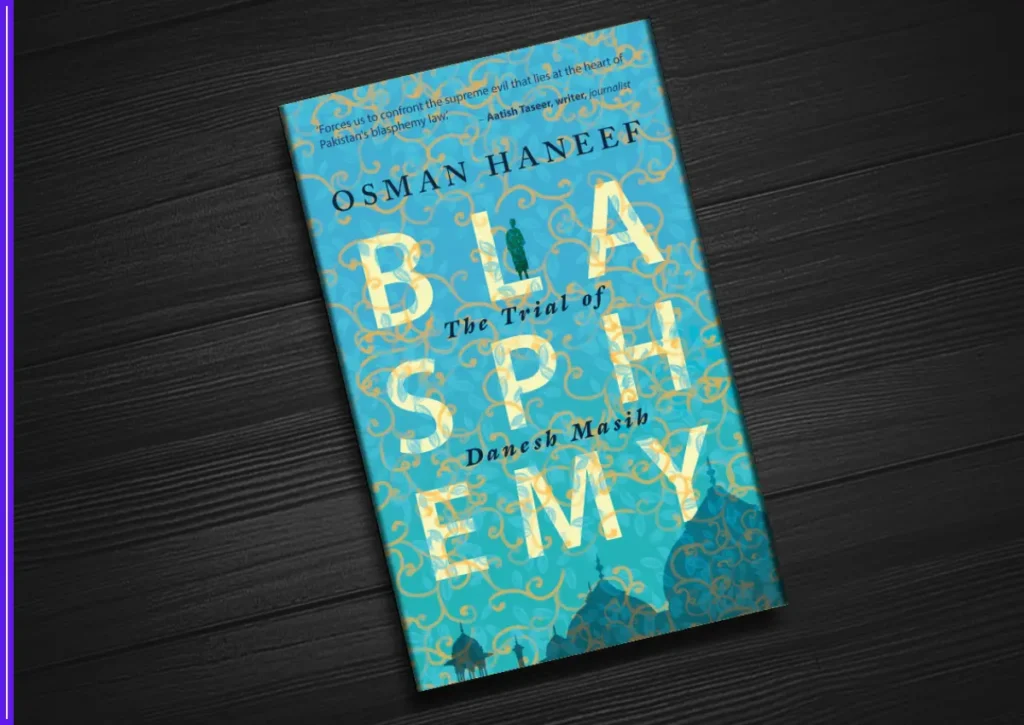Nearly a century ago, a small Urdu-language book triggered a storm of outrage, a high-profile assassination, and the creation of India’s now-famous blasphemy law. The story begins in Lahore, then part of British India, where a Hindu publisher named Mahashay Rajpal released a controversial booklet titled Rangila Rasul—a provocative take on the personal life of Prophet Muhammad.

Published in 1924, the booklet didn’t contain abusive language but took a satirical tone while referencing the Prophet’s marriages. Though the author remained anonymous, Rajpal, the publisher, bore the full weight of the reaction. As the booklet gained attention, Muslim groups condemned it as deeply offensive and demanded action. But colonial laws at the time had no provision to punish those who insulted religious figures without using direct obscenities.
Rajpal was arrested under Section 153A of the Indian Penal Code, which dealt with promoting enmity between religious groups. However, in 1927, the Lahore High Court acquitted him, saying that while the publication may have hurt sentiments, it did not break any existing law. That decision created a wave of frustration among Muslims, especially in Punjab. Demonstrations intensified, and calls for stronger laws grew louder.
Amid the fury, a 19-year-old Muslim youth named Ilm-ud-Din decided to take matters into his own hands. On April 6, 1929, he entered Rajpal’s bookstore and fatally stabbed him. The murder sent shockwaves across the subcontinent. Ilm-ud-Din was arrested on the spot, and during his trial, he was defended by none other than Muhammad Ali Jinnah—then one of India’s most respected lawyers and political figures.
Despite Jinnah’s efforts, Ilm-ud-Din was found guilty and sentenced to death. He was hanged later that year, and in parts of the Muslim community, he was hailed as a martyr. His funeral in Lahore drew massive crowds, and his grave later became a symbol for those who believed they were defending religious honor.
The murder of Rajpal and the fallout from the Rangila Rasul controversy forced the British colonial government to act. Within months, they amended the Indian Penal Code and introduced Section 295A, a new law that made it a punishable offense to deliberately and maliciously insult religious beliefs or figures. The law was designed to prevent similar flare-ups and to respond to growing demands from religious communities to criminalize blasphemy, even in the absence of vulgar language.
Section 295A remains in effect in India to this day and is considered the country’s primary blasphemy law. It has also been adopted, with modifications, by Pakistan and Bangladesh after Partition.
What makes this incident more than just a legal turning point is how it continues to echo in modern debates about freedom of speech and religious sensitivity. The Rangila Rasul case is often referenced when discussions arise around artistic expression, satire, and the limits of criticism in a multi-religious society.
In modern India, Section 295A is regularly invoked in complaints against authors, filmmakers, activists, and even social media users. Critics argue that the law is too broad and has been misused to silence dissent or intimidate minority voices. Supporters, however, believe it is necessary in a diverse society to maintain communal harmony and prevent hate speech.
The legacy of Mahashay Rajpal, the publisher who refused to reveal the author’s name despite threats, is both tragic and complex. He became a symbol of free expression for some and a provoker of faith-based violence for others. His death marked not only the price of publishing in a volatile time but also the beginning of legal efforts to regulate religious speech across the Indian subcontinent.
As for Ilm-ud-Din, his image remains divisive. In Pakistan, where his actions were later glorified in films and speeches, he is remembered by some as a hero. In India, his name is often cited in conversations around religious extremism and the dangers of vigilante justice.
Nearly 100 years later, the chain of events that began with a small book and ended with the creation of a landmark law still shapes public discourse. It reminds us how fragile the line can be between speech and violence—and how the legal system, when pushed by intense emotion and public outcry, can change forever.





